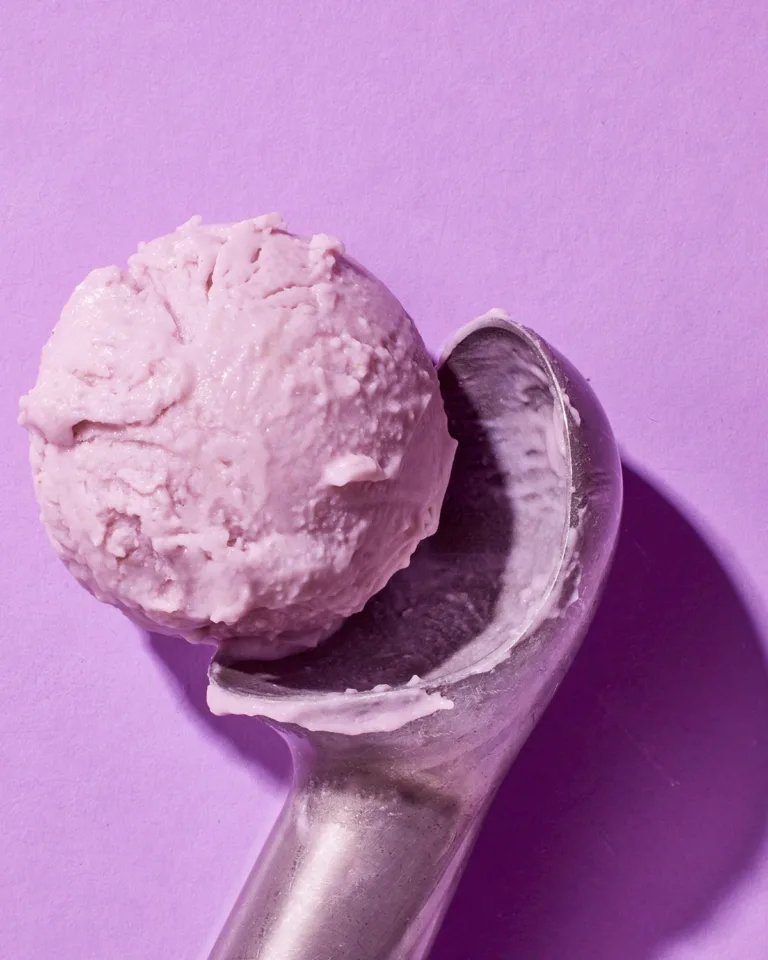There are a handful of impressive father-and-son winemaking teams in Argentina, but perhaps the most influential of all is that of Roberto de la Mota and his father, the late Raul de la Mota, one of the country’s most famous winemakers of the 20th century.
De la Mota likes to joke that he was practically born in the cellar. It does indeed seem that winemaking runs in his blood, and he spent much of his childhood alongside his father in the cellar, learning about winemaking from a tender age—and with a great maestro.
Although there is no questioning his pedigree, it is also through his own dedication and hard graft that de la Mota has become one of the greatest forces in Argentina’s wine industry today. He had an early exposure to the world of French wine, studying in Montpellier and being mentored by legendary winemaker Émile Peynaud, a friend of his father’s.
While in France, de la Mota learned about the importance of different clones and grape varieties, as well as the use of American rootstock; in the late 1980s, he imported Argentina’s first American rootstocks, alongside many new grape varieties, including Cabernet Franc, Viognier, and Petit Manseng. He also brought in superior clones of Chardonnay, Cabernet Sauvignon, and Pinot Noir. Within three years, he had imported more than one million plants and set a path that changed the genetic composition of Argentina’s vineyards forever.
Although keen to innovate where there are gaps in knowledge, de la Mota
This Article was originally published on World of Fine Wine






